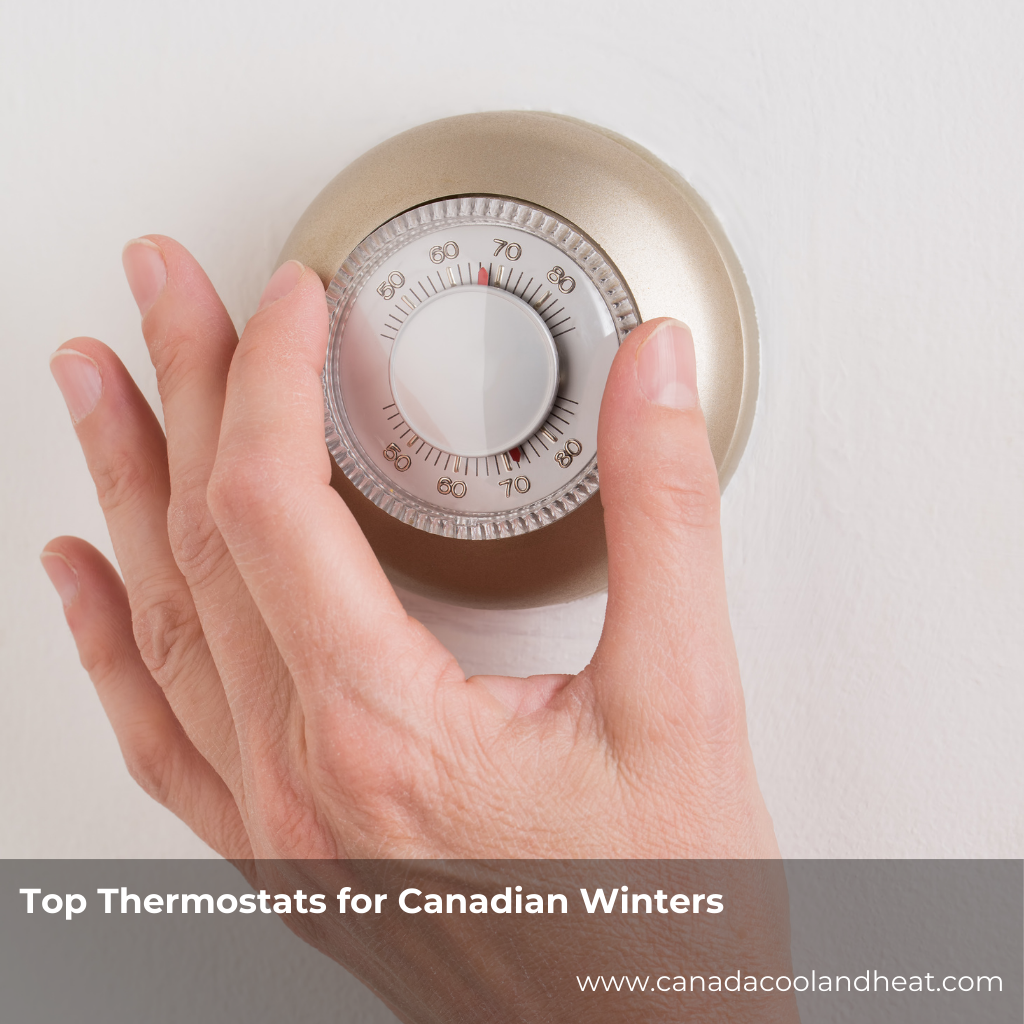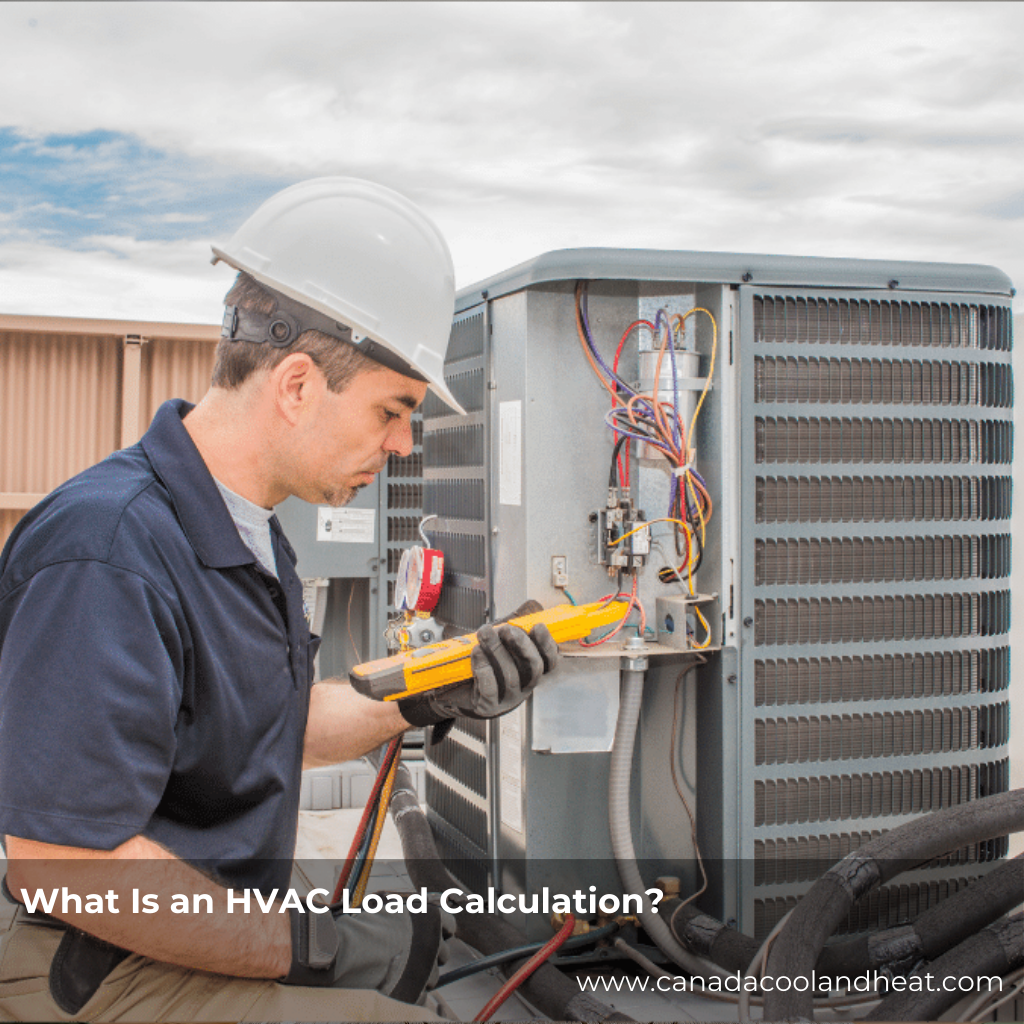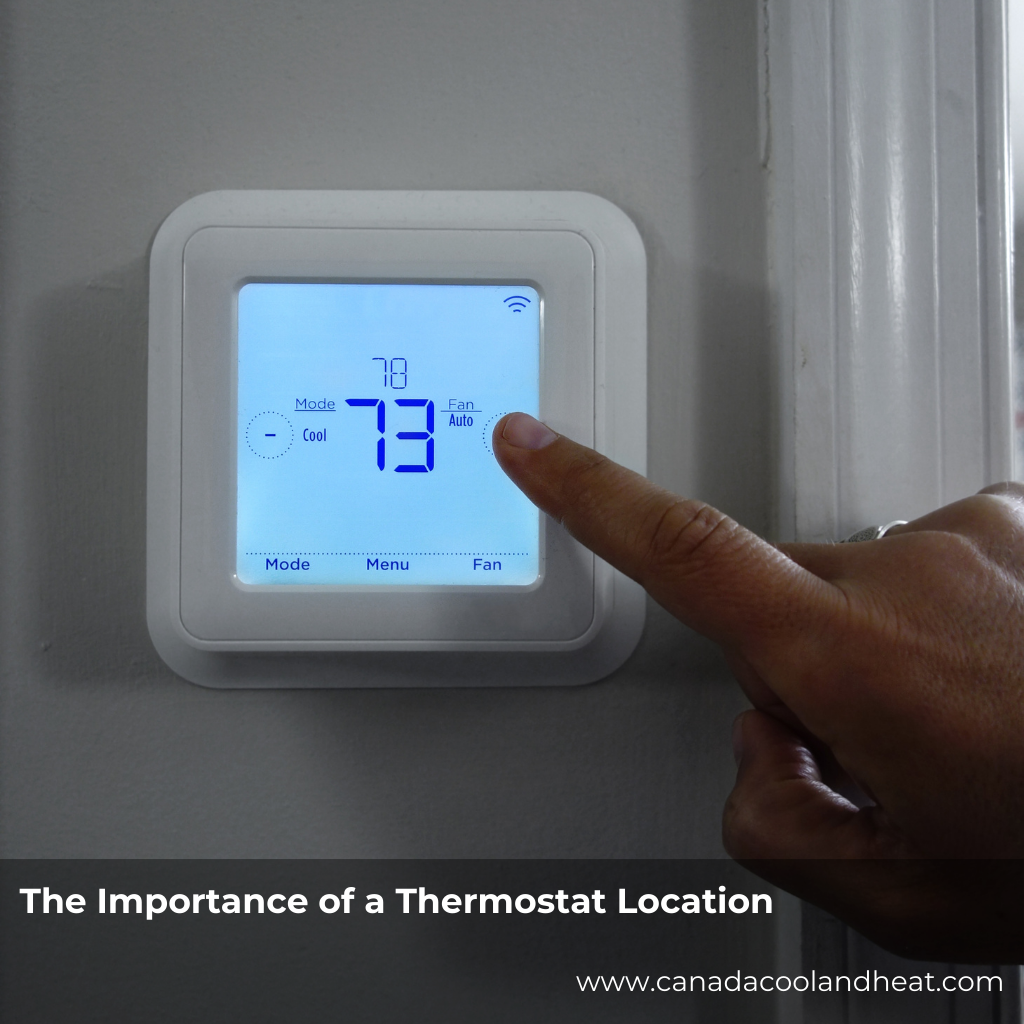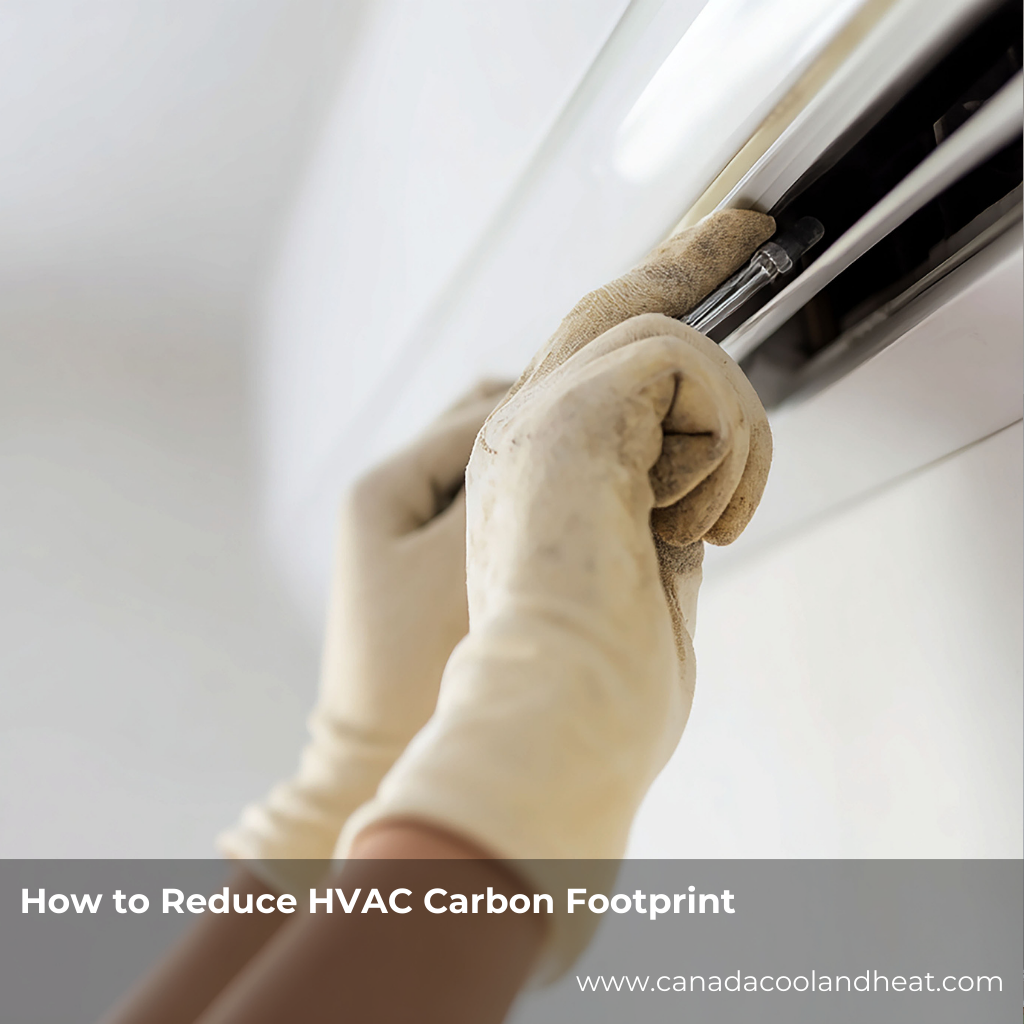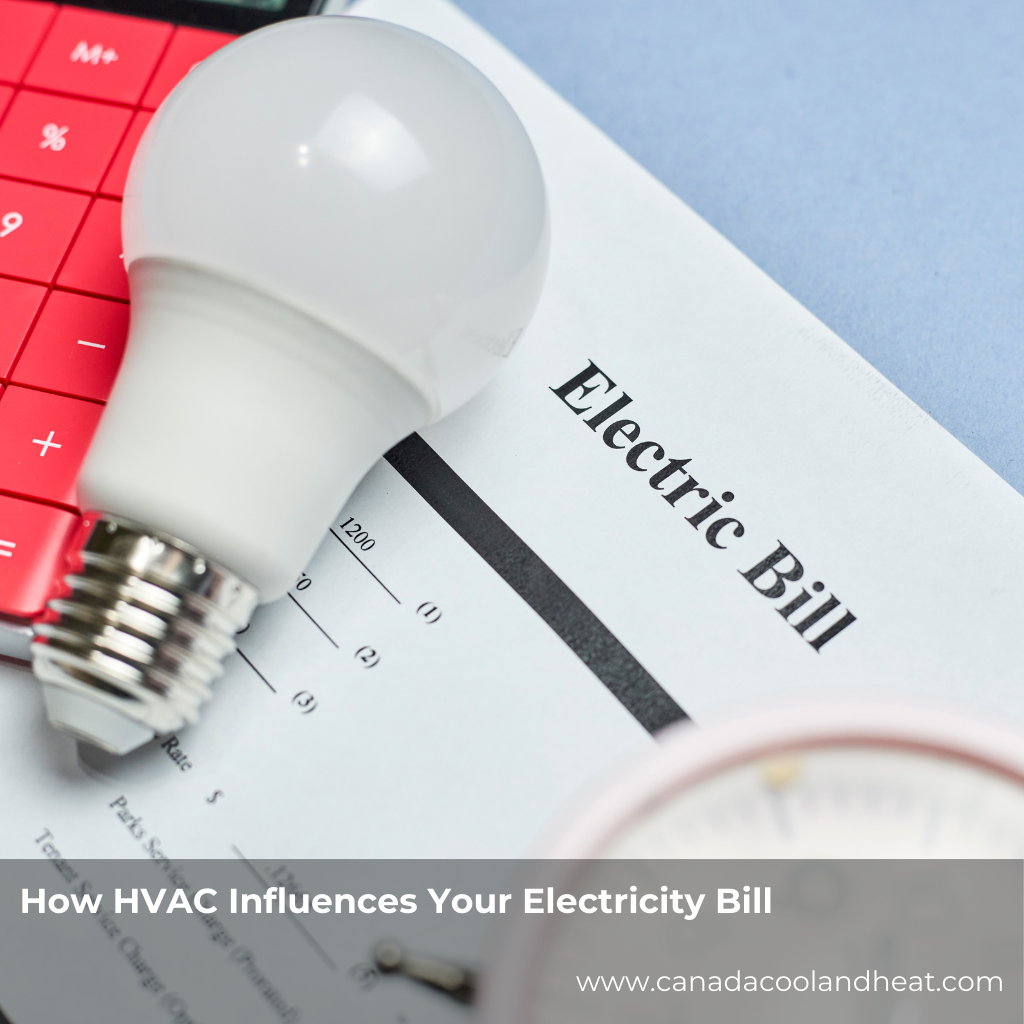The Hidden Story of Kitchen Airflow
Imagine this: it’s a cold January evening in Toronto. You’re simmering soup on the stove, snowflakes tap the window, and your furnace is working overtime to keep your living room cozy. But as your range hood hums away, it’s quietly pulling heated indoor air out of your home.
That warm air doesn’t just vanish—it has to be replaced. This process, known as make-up air, brings cold outdoor air into the home, often creating drafts if not balanced properly. Over time, poor airflow management can make your furnace less efficient, drive up energy bills, and even affect indoor air quality.
Why Proper Kitchen Ventilation Matters
Cooking releases more than just aromas. Here’s what your vent hood helps remove:
-
Moisture – Excess steam can lead to condensation and mold.
-
Grease particles – Without ventilation, grease settles on walls and cabinets.
-
Smoke & odors – Helps keep your indoor air fresh.
-
Combustion byproducts – Gas stoves release carbon monoxide and nitrogen dioxide.
Without proper venting, these pollutants linger—affecting not just the kitchen but the entire HVAC system as they circulate.
The Vent Hood and HVAC Balance
Your HVAC system is like the orchestra conductor of your home’s airflow. A powerful vent hood can easily disrupt that balance.
-
Exhaust rates: Large hoods can remove 600–1200 cubic feet per minute (CFM) of air. That’s like pulling all the air from a bedroom in under a minute.
-
Negative pressure: If makeup air isn’t provided, your furnace or fireplace may backdraft, drawing harmful gases like carbon monoxide indoors.
-
Energy efficiency: Over-ventilation in winter means your furnace works harder to replace lost warm air.
The key is matching vent hood power with a proper make-up air strategy. Modern HVAC contractors often integrate fresh air intakes, heat recovery ventilators (HRVs), or energy recovery ventilators (ERVs) to balance airflow without wasting heat.
Range Hood Sizing Guidelines
Choosing the right hood isn’t just about looks—it’s about performance and balance. Here are general sizing rules:
1. Hood Width
-
Should be at least as wide as your cooking surface.
-
For best performance, extend 3 inches beyond the stovetop on each side.
2. CFM Calculation
-
Gas ranges: Aim for 100 CFM per 10,000 BTUs of burner output.
-
Electric ranges: 100 CFM per linear foot of stovetop.
-
Standard guideline: Minimum 300 CFM for small kitchens; 600+ CFM for larger, high-output ranges.
3. Ductwork Matters
-
Shorter, straight ducts = better performance.
-
Avoid multiple bends.
-
Use smooth metal ducting, not flexible plastic.
4. Make-Up Air Requirement
-
In many Canadian provinces, codes require a dedicated make-up air system for hoods over 400 CFM.
-
This ensures that exhausting warm kitchen air doesn’t create drafts or negative pressure problems.
Thermostats, Comfort, and Air Balance
You might wonder—what does all this have to do with thermostats? A lot, actually.
Smart thermostats in Canadian homes don’t just monitor temperature. Many models integrate with HVAC systems to help balance ventilation and heating cycles. When paired with a properly sized vent hood and make-up air system, your thermostat can:
-
Adjust furnace output when the hood is running.
-
Maintain stable indoor temperatures even during cooking.
-
Reduce energy waste by coordinating ventilation with heating demand.
In short, the thermostat becomes part of the ventilation story—helping your HVAC system adapt dynamically, even during the busiest holiday cooking marathons.
Putting It All Together
Think of your home’s comfort system like a team:
-
Thermostat = the coach, setting the plan.
-
HVAC system = the players, delivering warm or cool air.
-
Vent hood = the goalie, clearing out unwanted pollutants.
When these work in harmony—especially during Canadian winters—you get a home that’s not only warm but also healthy, efficient, and comfortable.
Conclusion
Canadian winters test every part of your home’s HVAC system, from the furnace to the thermostat—and yes, even the kitchen vent hood. By understanding how ventilation affects airflow, balancing exhaust with make-up air, and sizing your range hood properly, you can enjoy cozy dinners without sacrificing comfort or efficiency.
So, the next time you simmer soup on a snowy night, remember: your thermostat and your vent hood are quietly working together to keep your home at its best.
FAQs
1. Do all range hoods require make-up air systems in Canada?
Not all, but most building codes mandate them for hoods over 400 CFM. Always check provincial regulations.
2. Can a vent hood really affect my heating bills?
Yes. If a hood exhausts too much air without balance, your furnace works harder to replace lost warmth.
3. What’s the difference between an HRV and ERV in HVAC systems?
HRV (Heat Recovery Ventilator) transfers heat between outgoing and incoming air. ERV (Energy Recovery Ventilator) does the same but also balances humidity.
4. How do I know what size hood I need?
Measure your cooktop width and calculate based on BTUs (for gas) or length (for electric). Larger, high-output ranges need higher CFM.
5. Can I run my range hood in winter without losing too much heat?
Yes—if you have a make-up air system or HRV/ERV in place, you can ventilate effectively without big heat losses.
6. Are ductless (recirculating) hoods good in Canadian winters?
They help with odors but don’t remove moisture or combustion byproducts. Ducted hoods are more effective for indoor air quality.
7. Do smart thermostats interact with vent hoods?
Indirectly, yes. While they don’t control the hood itself, they optimize HVAC performance when the system senses ventilation-related changes.
8. How often should I clean my range hood filters?
At least every 1–3 months, depending on how often you cook. Clean filters keep airflow efficient.

